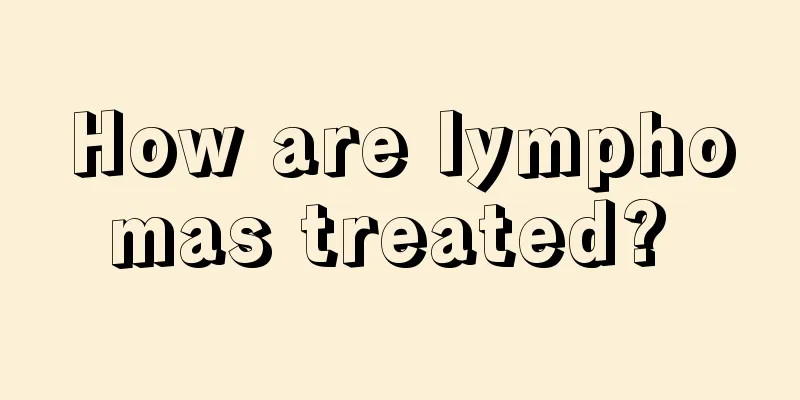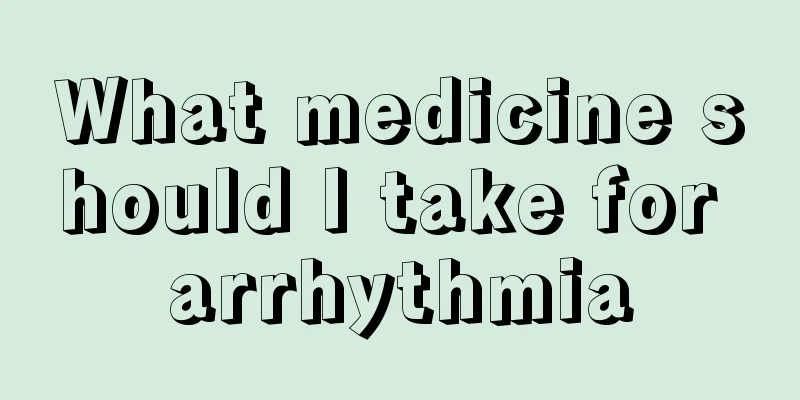How are lymphomas treated?

|
The lymph nodes are the excretion system of the human body, which is mainly used to purify toxins. However, many people have too many toxins in their bodies for a long time, which leads to lymph node tumors caused by toxin invasion and pathological changes. Once a lymph node tumor occurs, radiotherapy is the main treatment. This treatment is currently mainly a fast-acting combined treatment for the early stage of the disease. For more serious stages of the disease, chemotherapy is required, which is also the treatment method used after the disease worsens. Radiation therapy Due to the rational application of radiotherapy and the active promotion of combined chemotherapy, the efficacy of lymphoma has improved rapidly, especially HD. Most early cases can survive long-term disease-free. Although the efficacy of NHL is poorer than that of HD, the number of long-term remission or disease-free survivors is gradually increasing. Histological type and clinical stage are closely related to treatment methods and prognosis. Radiotherapy for HD has achieved remarkable results. 60Co is more effective, but it is best used with a linear accelerator. There are two methods of using high-energy rays to irradiate a large area of HD IA to IIB: expansion and systemic lymph node irradiation. In addition to the affected lymph nodes and tumor tissues, extended irradiation must also include nearby lymph node areas that may be invaded. For example, if the lesion is above the diaphragm, it should be in a cloak pattern, and if it is below the diaphragm, it should be in an inverted "Y" pattern. The cloak-style irradiation area includes the lymph nodes on both sides from the mastoid end to the upper and lower clavicles, axilla, hilum, mediastinum and even diaphragm; the humeral head, larynx and lungs should be protected from irradiation. Inverted "Y" irradiation includes irradiation from the subdiaphragmatic lymph nodes to the para-aortic, pelvic and inguinal lymph nodes, while also irradiating the spleen area. The dose is 30~40Gy, and one course of treatment is 3~4 weeks. Whole body lymph node irradiation is cloak-style above the diaphragm and inverted "Y" style below the diaphragm. NHL is also sensitive to radiotherapy but has a high recurrence rate. Since its spread route is not along the lymphatic area, the importance of the cloak and inverted "Y"-shaped large-area irregular irradiation field is far less than that of HD. The therapeutic dose is greater than HD. Currently, only the low-grade malignant group clinical stage I and II and the moderate-grade malignant group pathological stage I can be treated with expanded field irradiation or involved field local irradiation alone. There is no consensus on whether chemotherapy should be used after radiotherapy. Chemotherapy is usually used as the main treatment for stages III and IV, with local radiotherapy as palliative treatment when necessary. Chemotherapy The vast majority of cases use combination chemotherapy, with the goal of achieving complete remission with the first treatment, thus creating favorable conditions for long-term disease-free survival. (I) Since DeVita created the MOPP regimen for Hodgkin's disease in 1964, the prognosis of advanced HD has improved significantly, and the complete remission rate of first-time patients has increased from 65% to 85%. Use for at least 6 courses, or until complete relief, then give 2 additional courses. The efficacy of MOPP is poor for patients with obvious systemic symptoms, bone marrow involvement, history of repeated chemotherapy, lymphoproliferative type or nodular sclerosis type with mediastinal involvement. If the patient is resistant to MOPP, ABVD can be used, which can relieve the symptoms in 75% to 80%. MOPP and ABVD can also be used alternately for treatment. In cases where relapse occurred after treatment with MOPP, MOPP could be used again, and 59% achieved a second remission. If the first remission period lasts for more than one year, there is a 93% chance of a second remission. |
<<: What are the benefits of soaking your feet in vinegar?
Recommend
Patients must learn to recognize the symptoms of skin cancer
Nowadays, many people are prone to skin cancer. C...
Why is preoperative neoadjuvant chemotherapy not promoted for bladder cancer patients
Literature reports show that neoadjuvant chemothe...
Is baldness hereditary?
Many people will encounter the problem of baldnes...
Methods to regulate emotions
The mood of ordinary people is closely related to...
How to treat rheumatic low back pain?
I believe everyone is familiar with rheumatism, w...
Can surgery be performed on early stage nasopharyngeal carcinoma?
Can surgery be performed on early-stage nasophary...
What to use to wash clothes with oil stains
How to wash oil stains on clothes? Nowadays, the ...
How to treat early lung cancer? There are four treatments
Early lung cancer must be treated in time to cont...
Revealed: 10 most auspicious moles on the body
Do moles need to be removed? This is a matter of ...
Remove acne marks and pits
We who love beauty do not allow big acne marks on...
What to do when you are angry
Excessive heart fire often manifests as inexplica...
What is root canal retreatment?
Root canal retreatment is a common medical treatm...
Is a large white area on the left lung lung cancer?
Normally, if the lighter-colored tissue or organ ...
The dangers of filling up the tank
Experienced drivers all know that you cannot fill...
Will I lose weight if I don't eat midnight snacks?
Nowadays, many girls reduce their food intake in ...









